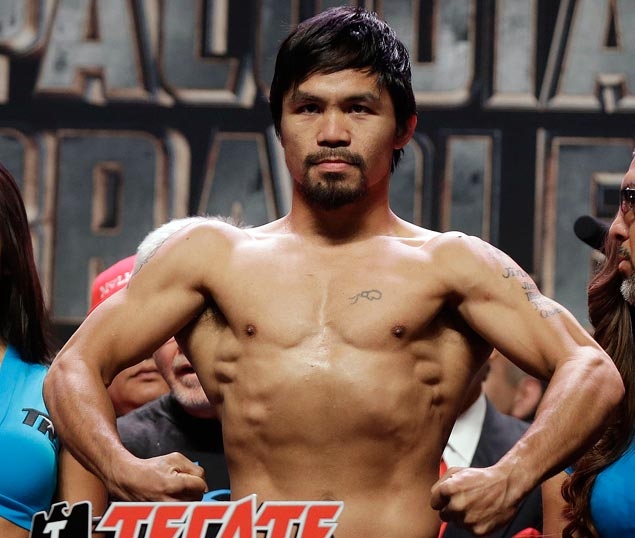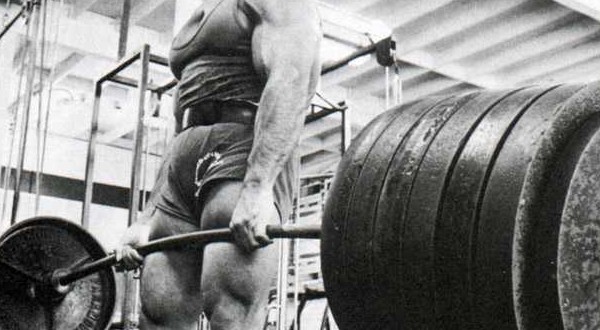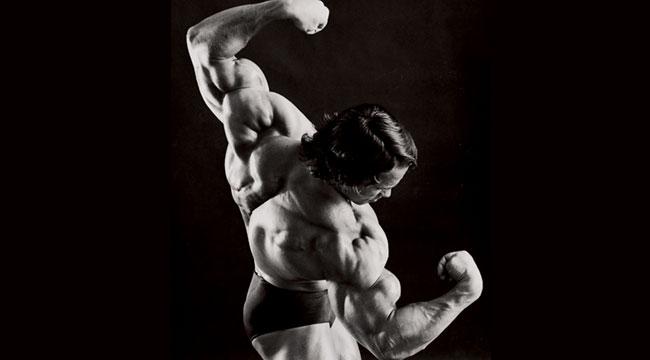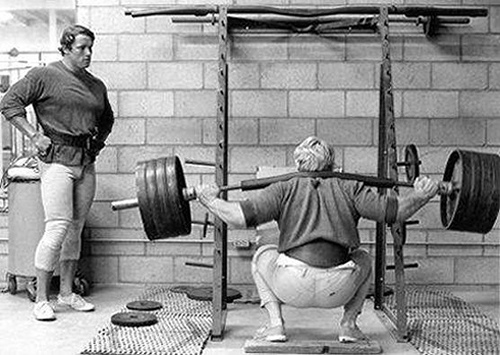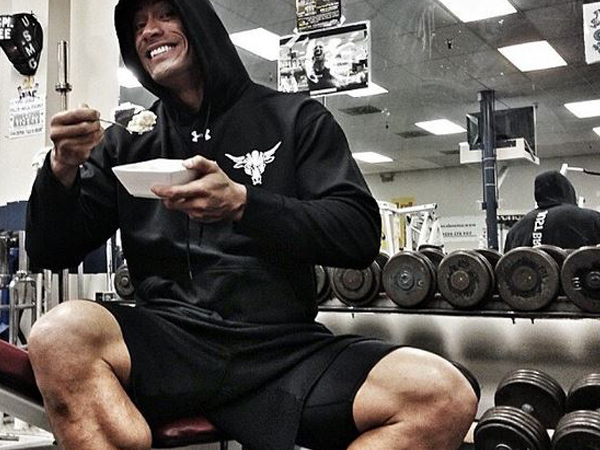Seeing a big back in the gym is rare.
Why is that?
For one reason, it seems that Monday is worldwide chest and biceps day in any gym on this planet. Motivation then quickly falls apart, the scheduled back day on Wednesday is often skipped in favour of the breaking bad marathon and don’t remind me about legs on Friday.
But then there are people who do train their back and still do not have much to show for, but lets change that. Here is your guide to building a massive back.
We’ll split up the back into two parts, width and thickness or lats and Upper back to be more precise. This will allow us to fine tune our workout to optimise for the best back gains. Generally you will want to focus on building the lats as they will also help you build width as well as thickness, so let’s start there.
The Lats:
The lats are one of the most important muscles in the body for healthy movement and athletic function. In almost any professional sport that involves a need for power or physical contact, you’ll see big lats. This is visible even in smaller fighters, like Manny Pacquiao.
90% of your back training should revolve around targeting your lats. When training them, it is important to perform both overhead movements, as well as rows.
- Bent-Over Barbell Rows/Dumbbell Rows
- Pull Ups/Lat Pull Down
- T-Bar Rows
- Cable Pull Overs
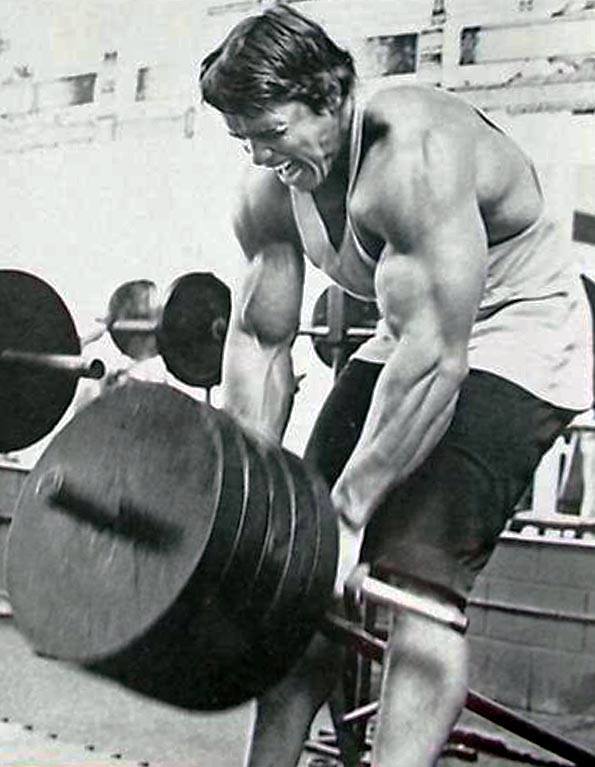
When you train a muscle, you need to stretch it, and then contract it. The lats are stretched when your arm moves overhead. It is important to apply this to your rows when you are targeting your lats. This type of movement lets you stretch the lats as much as you can during these exercises, which allows for a much better contraction when you pull the weight.
Pull Ups are arguably the best lats exercise there is. You can fully stretch the lats through their range of motion and fully contract them as well. Most people believe that pullovers are primarily a chest exercise, but when done correctly, they are an excellent lats exercise. They are also a great way to teach yourself how to really “flare” your lats.
The Upper Back:
I don’t spend a lot of time specifically on upper back training because I feel that it is hit sufficiently through all of my movements that are targeted for my lats. I usually perform one exercise specifically for my upper back.
- Wide grip cable rows
- Barbell rows to chest
The function of the upper back is specifically to retract the scapula. When you perform a row, it is important to really squeeze your shoulder blades together to fully work the muscles you want to. You can get your workout partner to put a finger in the middle of your back, and this will allow you to try and squeeze his finger with your shoulder blades with each rep. This results in that really good squeeze we need for back growth.
Finally, Learn To Deadlift Properly:
Watch this video series, So You Think You Can Deadlift?
- Stand with bar over your mid-foot.
- Keep stance fairly narrow.
- Keep your head neutral.
- Bend knees until shins hit the bar.
- Shoulder-blades should be directly above bar.
- Hold the bar low in your hands, close to your fingers.
- Keep hips relatively high – this is NOT a squat!
- Lift your chest but DON’T squeeze your shoulder blades.
- Get slack out of your arms.
- Pull and keep bar close to your body. Dig heels into ground.
- Think about pulling the bar back – NOT up.
- Do NOT lean back at top/roll your shoulder back.
- Pull quickly, even on warm-up sets.
- Lower weight back down relatively quickly.
Quick Tip:
A trick you can use for almost all rowing movements is using a thumbless grip. A lot of people, myself included, have the tendency to pull more so with their arms rather than their back. Using a thumbless grip lets you envision your arms as hooks for your back, allowing you to really focus on contracting your back muscles rather than using your biceps to pull. Keep in mind that using a thumbless grip also requires higher grip strength in order to hold on to the bar.
